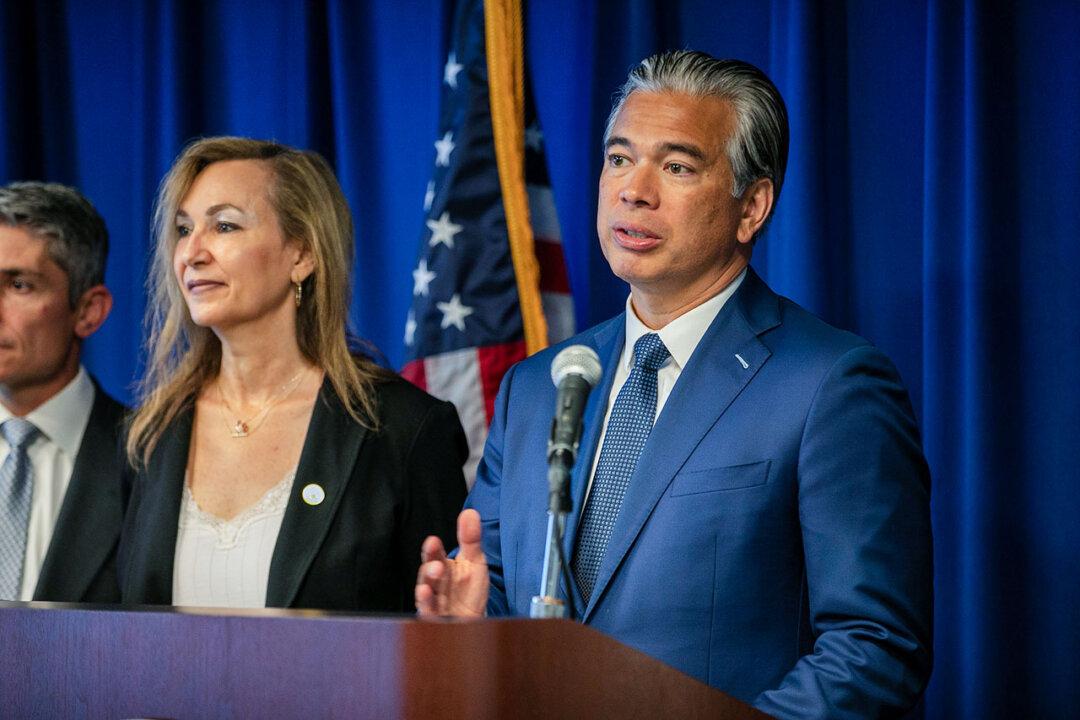LOS ANGELES (CNS)—Thermal cameras that check passengers’ body temperatures will begin operating June 23 throughout the Tom Bradley International Terminal and arrival areas at Los Angeles International Airport (LAX) as another layer of protection to help keep travelers safe during the COVID-19 pandemic.
“This is a voluntary program with signage alerting passengers where the pilot [program] will take place,” Mayor Eric Garcetti said. “To be clear, these thermal camera temperature checks will not replace other safety measures. We’re not saying that you only can rely on this. This is an additional layer of safety.”





